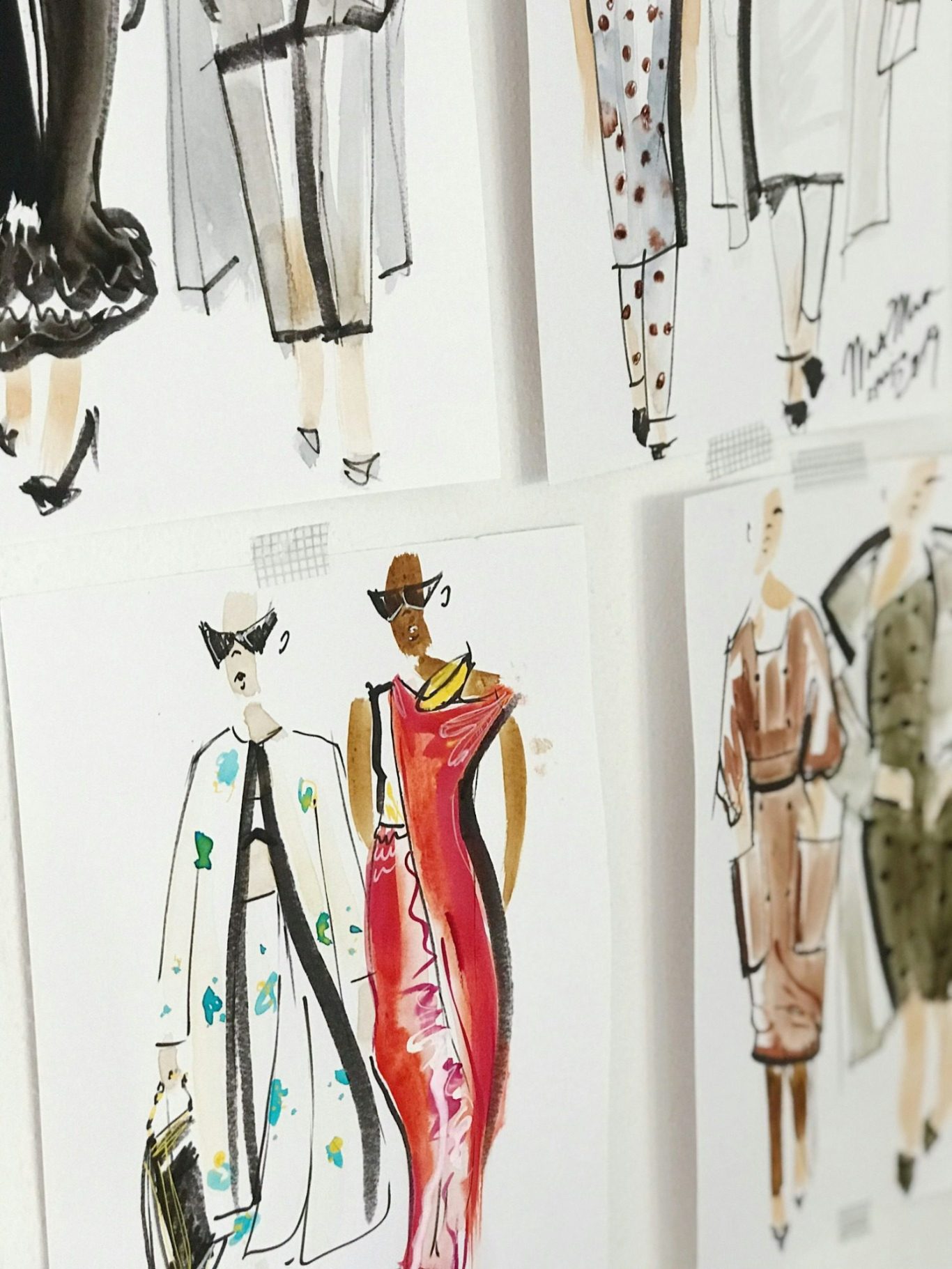The world of independent fashion is at a crossroads. While creativity and innovation have long been the driving forces behind emerging brands, the current industry landscape presents an unprecedented set of challenges. Over the past year, a number of beloved independent labels have collapsed under financial strain, while others fight to stay afloat. In an industry increasingly dominated by conglomerates and shifting consumer habits, one question remains: Can independent designers still thrive?
The Harsh Reality for Independent Fashion Brands

Running an independent fashion label has always been a balancing act, but today’s challenges have made survival even more difficult. Designers must navigate an unpredictable retail market, rising production costs, supply chain disruptions, and rapidly evolving consumer expectations. While e-commerce flourished during the pandemic, the cooling of online retail has left many brands struggling with unsold inventory and financial instability.

Beyond that, inflation and the ongoing cost-of-living crisis have reshaped purchasing habits. Luxury fashion is no longer a top priority for many shoppers, and the fast-paced cycle of overproduction, seasonal markdowns, and discount-driven retail has made profitability a distant dream for many small brands.
"Independent fashion brands can no longer rely on traditional wholesale models or fashion weeks to succeed—direct engagement with consumers is now essential."
Despite these challenges, independent fashion isn’t fading—it’s evolving. Designers are rethinking their business strategies, reshaping their pricing models, and redefining what success in fashion truly means.
Beyond Creativity: The Business of Fashion

In today’s industry, talent alone isn’t enough. The reality is that independent designers must wear multiple hats—acting as creative directors, marketers, business strategists, and financial planners.
Launching a brand means navigating the complexities of pricing, customer acquisition, logistics, and financial forecasting. Unlike major fashion houses, small brands lack the resources for large-scale production, extensive marketing campaigns, and major retail partnerships. To survive, independent designers must offer more than aesthetics—they must build brands with authenticity, strong storytelling, and direct consumer engagement through social media and digital platforms.
The traditional gatekeepers of fashion—magazines, department store buyers, and runway calendars—no longer dictate success. While this shift creates opportunities, it also introduces new challenges that designers must navigate on their own.
Are Fashion Schools Setting Designers Up for Failure?

A growing conversation within the industry questions whether fashion education is preparing young designers for reality. Many emerging designers graduate with ambitious visions for their own brands, only to realize they lack the necessary business skills.
Most fashion programs focus on design and creative direction but often neglect financial planning, supply chain management, and the practicalities of running a label. The result? Young designers enter the industry expecting to be the next major creative force, only to struggle with the business side of fashion.
A shift in fashion education is needed—one that blends creativity with entrepreneurship, equipping designers with the tools to build sustainable businesses.
The True Cost of “Making It” in Fashion

Starting a brand is one thing. Keeping it alive is another. The financial burden of independent fashion is staggering:
- Designers invest thousands in applying for fashion incubators, mentorship programs, and industry awards.
- Fashion shows can cost anywhere between $25,000 and $100,000, a significant risk for emerging brands.
- Production, marketing, and retail partnerships require continuous funding, adding to financial stress.
Every runway show, editorial feature, and new collection is a gamble. Some brands have opted out of traditional fashion weeks, instead focusing on direct-to-consumer models, digital marketing, and exclusive capsule collections.
"Fashion success is no longer defined by runway shows or magazine features—financial stability and direct consumer engagement matter more than ever."
Rethinking Success: Wholesale vs. Direct-to-Consumer Models

Recent surveys highlight the struggle:
- A majority of independent designers now sell directly to consumers rather than relying on wholesale.
- Late or missed payments from wholesale retailers remain a major financial strain.
- Many brands struggle to negotiate better payment terms and profit margins with retailers.
In response, designers are turning to more flexible retail models—limited-edition drops, pop-up collaborations, and experiential shopping events that foster deeper consumer connections without the risks of traditional wholesale.
Fashion as a Business: Learning to Monetize Creativity

Even commercially successful brands must remain disciplined. In an industry driven by trends and unpredictability, consistency in branding, marketing, and financial management is essential.
Many independent designers are finding stability by diversifying revenue streams—leveraging social media, launching collaborations, and exploring alternative fashion business models.
Ultimately, the future of independent fashion belongs to those willing to adapt. The days of rigid fashion calendars and wholesale dependence are fading. The brands that embrace new digital-first approaches, direct engagement with consumers, and financial sustainability will be the ones to redefine success in fashion’s evolving landscape.
Newsletter
Subscribe to Porterium Magazine's newsletters.
Follow us
Follow us on social media platforms.
We need your consent to load the translations
We use a third-party service to translate the website content that may collect data about your activity. Please review the details in the privacy policy and accept the service to view the translations.

